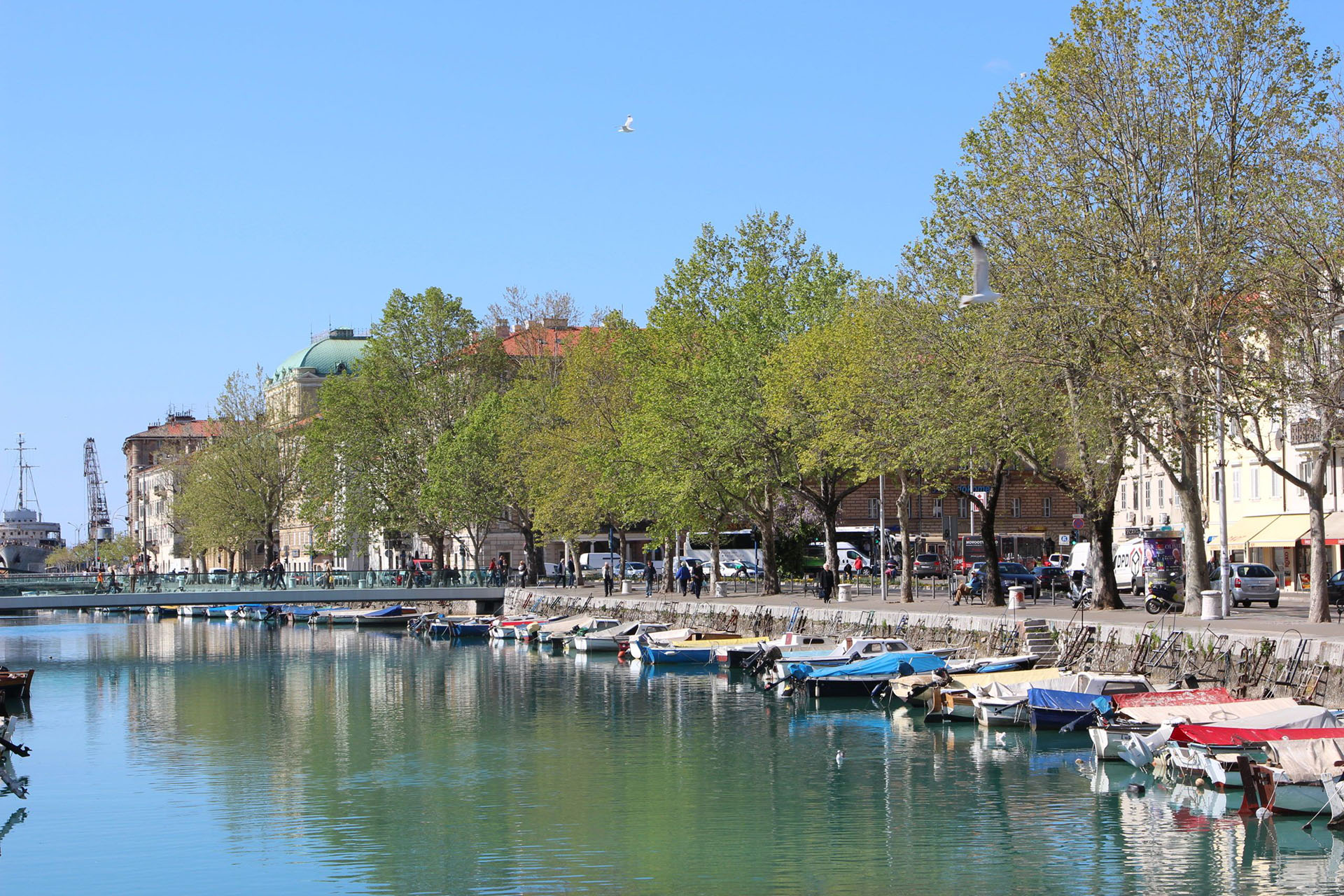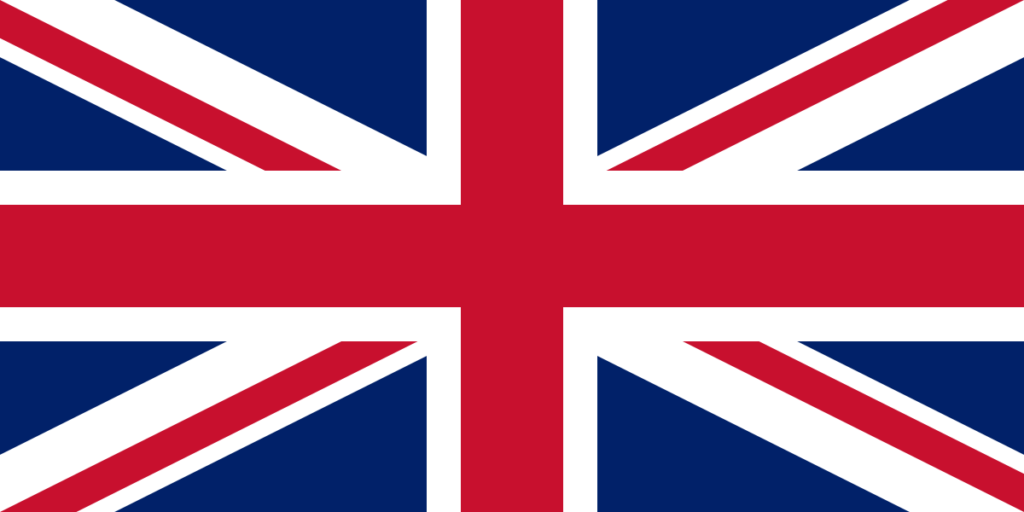The Mrtvi kanal appeared on the city map when it was decided that the final part of the Rječina, the main city river, should be deviated. The Rječina used to flood part of the city located close to its mouth during periods of high rainfall, so the city government decided to dig a new bed in 1885 and its flow was deviated further towards the east. Its former bed became the main city port. Here sailing boats entered transferring oil, wine, vegetables and fruit, so that the Mrtvi kanal banks operated as a market place as well.
One of the historically most important buildings located by the Mrtvi kanal is the house of Simeon Adamić built in 1787. He is also remembered thanks to the rumour that his wealth came from buried treasure that he had found and kept. Adamić ordered the creation of 14 bust sculptures of false witnesses who confirmed this fact and placed them close to the Mrtvi kanal bank for their shame. In 1906, the first permanent cinema in Croatia was opened in Adamić’s palace. From 1881 until 1896 the building housed the Croatian Gymnasium operated in the building.
The Mrtvi kanal channel, a former riverbed of the Rječina river, currently used as a small port for boats, has always had a very important historical role for Rijeka’s inhabitants. It’s best known role is that it was the central point of the inglorious historical episode of the division of the city into two parts, Rijeka which belonged to the Kingdom of Italy and Sušak which was the part of the Kingdom of Serbs, Croats and Slovenes.
Former riverbed
The Mrtvi kanal channel is actually the old natural Rječina riverbed, with the name Mrtvi kanal appearing only in the 19th century when the Rječina branched out into the new and the old bed. Mrtvi kanal is the original location of the port of Rijeka, which took the area between the today’s Jelačić Square and Školjić. Due to frequent floods and problems with high water levels its flow had to be diverted. After a big flood when water covered almost entire Korzo, it was decided that the Rječina should be regulated, that is, that a new riverbed had to be constructed. The channel was excavated with huge investments in 1855 by the direct intervention of Emperor Franz Joseph himself. The new riverbed directed the Rječina straight into the sea and sea water was let into the old bed forming the Mrtvi kanal channel. It was then that today’s Delta area appeared. Between the Mrtvi kanal channel and the new Rječina riverbed, a triangular piece of land remained which was named Delta due to the similarity with the Greek letter.
Dock and store
Eventually, the Mrtvi kanal channel became an auxiliary dock for smaller ships coming from the Kvarner islands and Dalmatia. Ships from the Kvarner islands and from the coast brought various goods for sale or further transport whilst, on the other hand, these same ships were loaded with goods brought by animal-drawn vehicles from the Kvarner’s hinterland and transported them to the islands and coastal towns. It was famous for, the not always legal, barter of salt for flour, fish, olive oil, wine and tools, leather products, fabrics and suchlike.
Throughout history, the area of Fiumara, in which present-day Mrtvi kanal channel is located, was the centre of a number of historical and political events. The Mrtvi kanal channel was also an administrative border between Corpus separatum, that is, between Rijeka and the Banate of Croatia, i.e. the municipality of Bakar and later Sušak. The old Bazarig fountain, which once supplied ships with water was also located there. The fountain – washing point – was located by the today’s bus station, but was moved in 1924 after Rijeka was annexed to Italy, to construct the border wall between Yugoslavia and Italy. When the Mrtvi kanal channel fell into Yugoslav hands , it became a part of the Port of Sušak in which even large passenger ships sometimes docked. There were many shops on Fiumara, as well as very famous drugstore and hat shop, as well as a crane used for the repair of ships from the 19th century and iron bollards used for berthing, on which the names of manufacturers and year of production were written in different languages, depending on which country installed them.
After liberation in 1945, the border wall on Fiumara was destroyed. The Mrtvi kanal channel gradually lost the function of a port and became a small sport port. This area will historically be remembered as the centuries-long border of a municipality, a region, a country… Even today it is considered a border, but only between the two local committees – Školjić and Centre-Sušak.
A number of great names and events from history are connected to the Mrtvi kanal channel. A part of them is marked by monuments. It is here that pope John Paul II spoke to Rijeka’s inhabitants, and it is here that Tito’s famous speech about Rijeka’s reunification after Italian occupation is permanently preserved on a stone plaque, as well as the monument to Rijeka’s liberation. From the more recent past, we remember soldiers from Rijeka who left for the battlefields from Delta and fought in the Croatian War for Independence, which is why the Bridge of the Croatian Defenders was built across the Mrtvi kanal channel.

